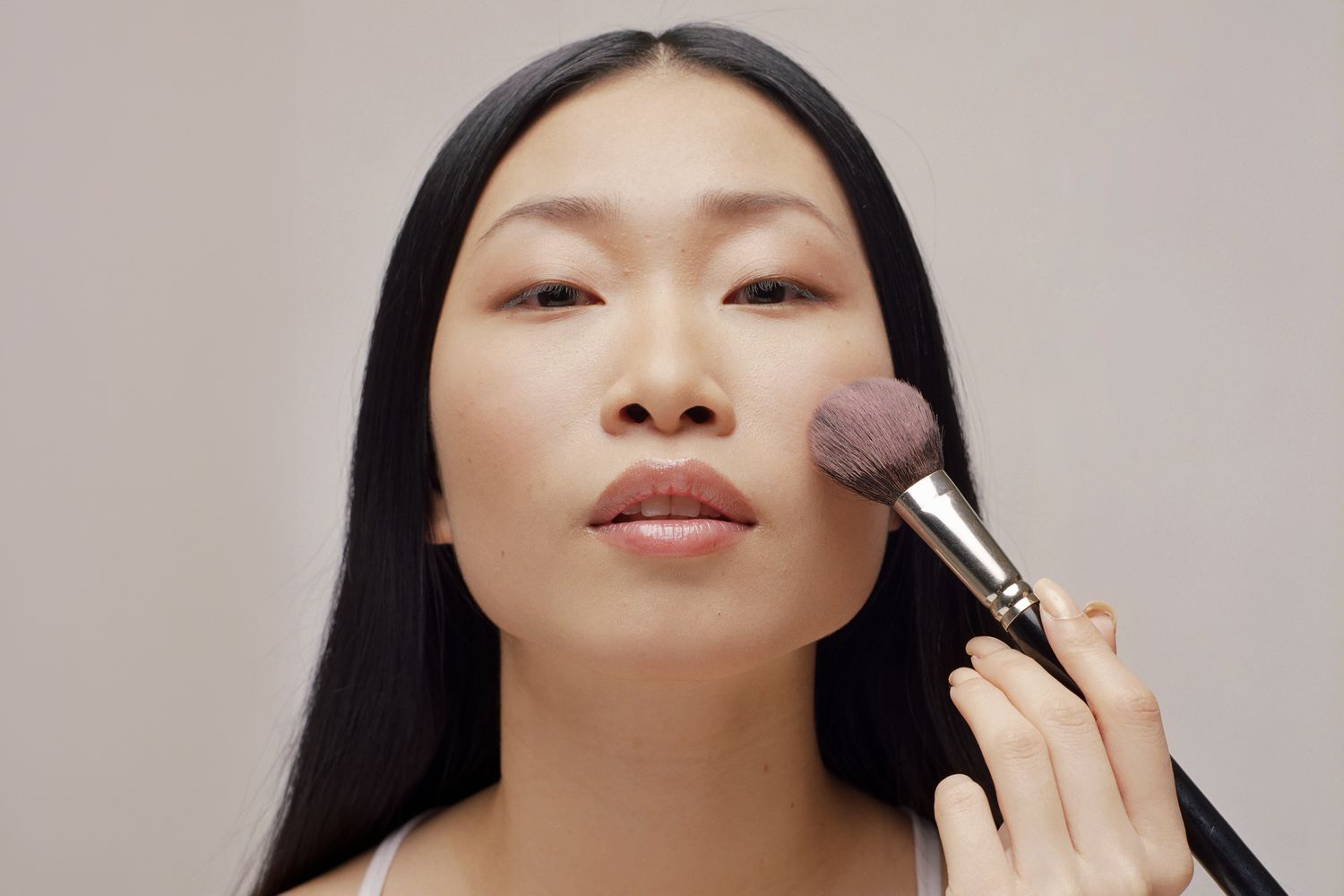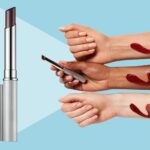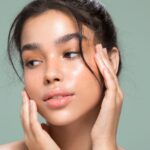Trending Videos Close this video player  Photo:
Photo:
PM Images/Getty Images
Real talk: it wasn’t until recently that I actually understood what “baking makeup” really meant. No, it’s not makeup products that are baked in the oven (haha!). Baking makeup is actually a technique used by professional makeup artists to set makeup on the skin.
“Baking is actually a very old technique used in the late 80’s and early 90’s, when matte and heavier makeup was more common,” explains celebrity makeup artist Gianpaolo Ceciliato. “It was used to matte out the skin, but also to help keep makeup in place and get rid of oily skin.”
Below, we cover everything you need to know about baking makeup—from what it actually is, to the benefits and flaws, to how to bake your makeup, and more.
What is baking makeup?
When we hear the word baking, most of us think about the kitchen—using the heat of the oven to form and set a batch of fresh cookies or a cake. “Interestingly, baking makeup uses a similar concept—it’s the process of allowing your body’s natural heat to set your makeup, using a layer of loose setting powder,” explains KIKO Milano pro makeup artist, Maria Rincon Djuro. “Usually done under the eyes, T-zone, and areas of the face we highlight, a generous layer of loose powder is applied to sit on the skin for several minutes.” During this time, your body heat helps to “super-set” your makeup. Afterward, you brush the excess powder away and enjoy the long-lasting benefits of the technique.
It’s important to note that baking makeup isn’t for everyone. “At times, it can show more wrinkles and it dries out the skin,” explains Ceciliato. “I use baking more for when I am doing dramatic eyeshadow or for quick retouching.”
What are the benefits of baking makeup?
There are specific makeup uses that baking makeup benefits. For example, Rincon Djuro likes to bake makeup when she’s doing a dramatic eye look. “I love using the ADDICTION TOKYO Invisible Essence Loose Powder to bake makeup—you start with concealer and apply the baking powder under the eye, almost like a protective layer,” explains Ceciliato. “Then, when you are using heavy, thick colors for your eyes, the debris and fall out from the eyeshadow falls to the powder under the eye, and because of the powder, you can easily sweep the debris away.”
Baking is also great when you are doing stage or camera-ready makeup. It’s ideal for when you have to cover up something like dark circles. If you have oily skin, baking helps take away that oil and glow, and matte out the shine slightly. “Baking is used for retouches for oily skin to make sure the makeup does not move too much,” explains Ceciliato.
How to Bake Your Makeup
- Start with a hydrating base. No matter your skin type, you'll want to start with a moisturizer so as to not overdry your skin with the baking technique.
- Then, apply your cream/liquid-based complexion makeup as normal. “This might include primer, foundation, and concealer,” says Rincon Djuro. “If you use cream blush and contour, you'll want to apply those too before baking. If you use powder products for those, wait till after you bake.”
- After all your cream/liquid products are applied, it's time to bake. Take your loose setting powder and a makeup sponge or dense face brush, and pat on a thick layer using a light pressing motion. You'll want to use enough that you see the layer of powder on your skin.
- Let the powder work its magic for 5-10 minutes while your body's natural heat "bakes" the cream and powder together and sets it in place. While you're waiting, Rincon Djuro recommends tackling your eye and lip makeup.
- When it's time, grab a fluffy face brush and swipe away excess powder. You'll be left with smooth, matte, long-wear makeup.
Note: If you are someone who is on stage with lots of lights, or someone who will be sweating or in front of the camera quite often, Ceciliato suggests baking under the eyes, over the lips, and along the nose, especially as the makeup needs to stay put. “That sort of matte finish is needed on stage and on camera,” he says.
What Not to Do When Baking Makeup
There are a couple of things you want to avoid when baking your makeup. First off, the easiest mistake to make is using way too much powder. “Be generous, but don't use more than you need to see that layer on the skin,” suggests Rincon Djuro. “Keep in mind that anything that doesn't get absorbed is just getting dusted off and wasted.”
Do not constantly re-do baking, unless you are on stage or in front of a camera. You want to avoid that thick makeup look that baking can create, according to Ceciliato. “It makes makeup look fake and it can be uncomfortable,” he says.
Another no-no: skipping moisturizer, even if you're going for a matte look. Texture and dryness from dehydrated skin will peek through and the powder will cling to those areas, making them more noticeable. “Also, choosing a powder in your correct shade and undertone matters for an ultra-natural look,” says Rincon Djuro. Lastly, try to press the powder onto the skin evenly, without it being too patchy. This makes a difference in the level of matte-finish you'll have afterward.


